Description
The Ilhas Desertas islands are located about 25 kilometers southeast of Madeira and are known for their rugged, uninhabited landscapes. The archipelago consists of three islands: Ilhéu Chão, Deserta Grande, and Bugio. The islands are a designated nature reserve, home to a variety of seabirds and the endangered Mediterranean monk seal. And there is a research center for the rare Deserta Grande wolf spider. The islands offer great opportunities for birdwatching. Access to the islands is restricted, and a special permit is required to visit, so you need to book a guided tour.
It's an important place for five seabird species who breed in Madeira. It's the only European breeding area of zelenortski švigavec, who breeds mainly at the south plateau of Bugio. Here we can also find important colonies of siva bulverica, rumenokljuni viharnik and madeirski strakoš. Another seabird, that can be spotted is Barolo Shearwater. In all three islands also breed navadna čigra and rumenonogi galeb, and some other Macaronesian endemic birds like enobarvni hudournik, kanarska cipa and kanarček.
Details
Access
Since the Ilhas Desertas are a protected nature reserve, you need to book a guided tour. Several companies offer day trips from Madeira (see the links below). Most tours depart from the harbor in Funchal, Madeira. The journey to the islands typically takes about 2.5 hours by catamaran. During the trip, you might spot dolphins and whales and of course seabirds. Once you arrive, a guide will take you on a tour of Deserta Grande, the largest island.
Terrain and Habitat
SeaConditions
Mountainous , Rocky , Wet , High water possibleCircular trail
NoIs a telescope useful?
NoGood birding season
All year roundDifficulty walking trail
EasyAccessible by
BoatBirdwatching hide / platform
NoLinks
- Vmtmadeira.com/en/trips/desertas-islands
- Venturadomar.com
- Luxmadeira.com/tours/desertas-islands-trip
- Madeira-boat-trips.info/tours/ventura-desertas-islands
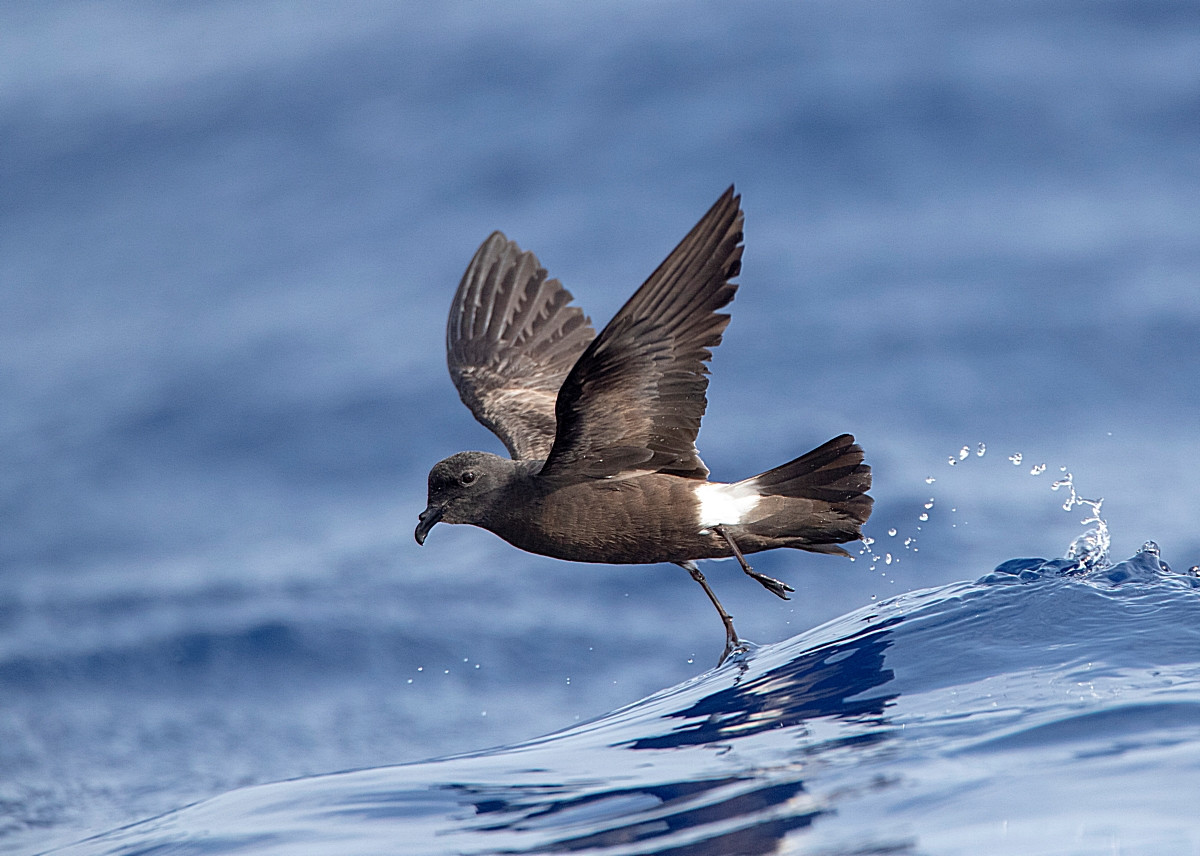
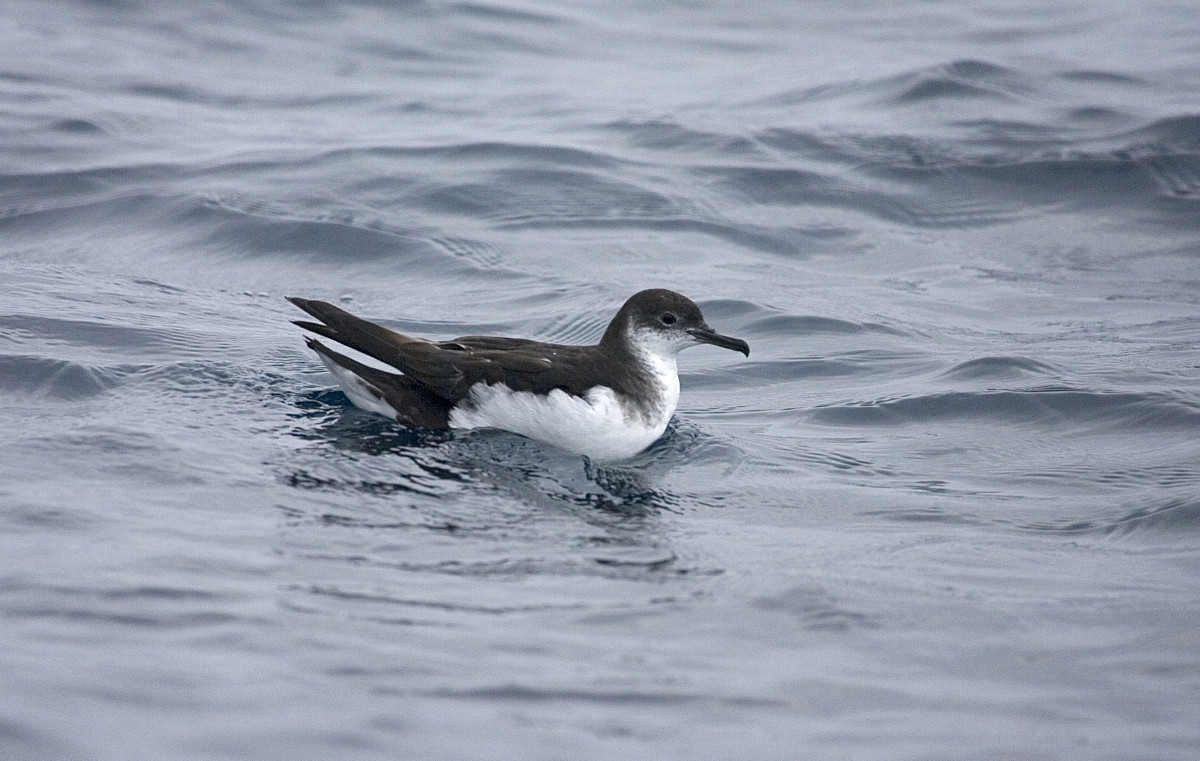
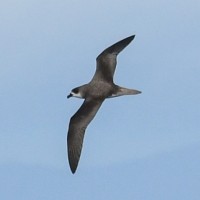

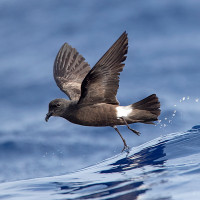
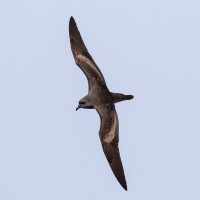
 Martijn Verdoes_MV_4129.jpg)